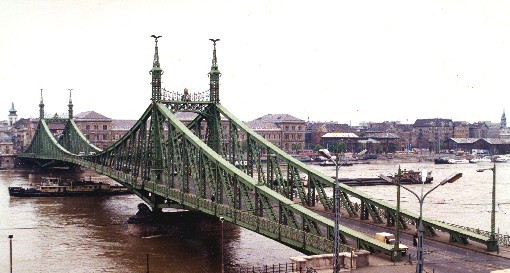He began his artistic training at the Centre d'Aquarel·listes (Watercolourists' Centre) and in 1889 went to Paris to broaden his knowledge. There he coincided with the painter R. Casas, whom he already knew from Barcelona, the sculptor E. Clarasó and M. Utrillo. As with his fellow artists, direct contact with French Impressionist painting had a considerable influence on both the subject matter and the technique of his work.
Upon his return to Barcelona in 1890, he showed his work at Sala Parés together with R. Casas and E. Clarasó. This exhibition made a big impact, thanks especially to the publicity given to it by the review published in La Vanguardia, although the one they held a year later, in 1891, was even more important. Some of the works he presented during this period are Entrada al parc del Moulin de la Galette (Entrance to the Moulin de la Galette Park, circa 1891; MNAC collection) and Retrat de Miquel Utrillo (Portrait of Miquel Utrillo, circa 1890; MNAC collection), both painted in Paris.
Between 1890 and 1892, Rusiñol and Casas published various articles in La Vanguardia, with the text by Rusiñol and the illustrations by R. Casas, describing and depicting bohemian Paris to the Catalans. In 1892 the First Sitges Modernista Festival was held, and he exhibited at it alongside R. Casas and other local painters. From then on, Sitges played an important part in the movement and Rusiñol, as the person behind this, stayed on to live there in a house known by the name of Cau Ferrat (Iron-Clad Den, now a museum dedicated to him) due to the huge collection of artistic ironwork and art objects he had in it. A large number of his paintings were of places in the town, which he treated in a similar way to those he had done in Paris, but with much more brightness, as, for example, Interior de Sitges (Sitges Interior, 1894; MNAC collection).
In Barcelona, together with his friends R. Casas and M. Utrillo, in 1897 he founded the Quatre Gats café (Montsió, 3 bis), where the leading intellectuals of Modernisme held discussions and put on shows.
Throughout his life S. Rusiñol travelled to, and stayed in, Paris and Italy on many more occasions, which gave him the chance to become acquainted with classical painting. Following a trip to Granada, he concentrated almost exclusively on the subject of gardens.
As a writer he produced poetry and plays, achieving great success in the latter field with works such as L'heroi (The Hero, 1903) and L'auca del senyor Esteve (Mr. Esteve's Tale, 1907). In both literature and painting, S. Rusiñol went through a more Symbolist phase at the turn of the century.



 Painter and writer
Painter and writer


